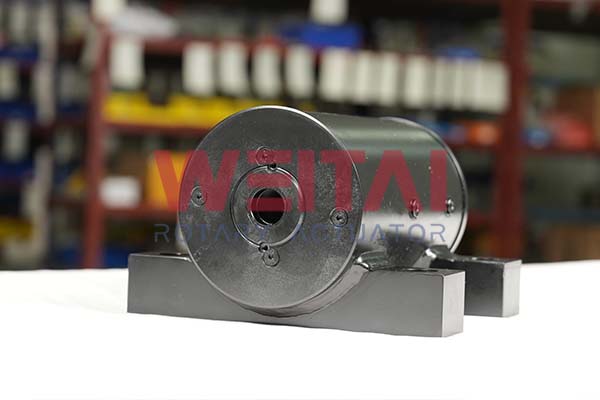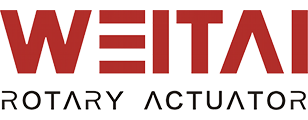When it comes to automation and control systems, selecting the right hydraulic rotary actuator is crucial for achieving optimal performance and efficiency. With a variety of options available, it’s essential to consider several key factors to ensure you choose the actuator that best fits your project requirements. This guide will help you navigate the decision-making process.

1. Define Your Application
The first step in selecting a hydraulic rotary actuator is to clearly define your application:
- Functionality: Determine the specific task the actuator will perform. Will it control a valve, position a tool, or facilitate an assembly process? Understanding the role of the actuator will guide your selection.
- Environment: Consider the operating environment. Is it indoors or outdoors? Will the actuator be exposed to dust, moisture, or extreme temperatures? These factors will influence the actuator’s design and protective features.
2. Understand Load Requirements
Knowing the load requirements is critical for selecting the right actuator:
- Torque Requirements: Calculate the torque needed to perform the desired function. This will depend on the weight of the load and the distance from the actuator’s pivot point. Ensure the actuator you choose can handle the required torque.
- Speed: Determine the desired speed of operation. Different actuators have varying speed capabilities, so it’s important to select one that can meet your project’s performance criteria.
3. Select the Type of Actuator
hydraulic rotary actuators come in several types, each with its own advantages:
- Electric Actuators: Ideal for applications requiring precise control and low maintenance. They are easy to integrate with control systems and offer excellent accuracy.
- Pneumatic Actuators: Suitable for high-speed applications where rapid actuation is needed. They are often lightweight and compact but may require more maintenance.
- Hydraulic Actuators: Best for heavy-duty applications with high torque requirements. They offer powerful performance but can be more complex to install and maintain.
4. Consider Control Methods
The control method is another important aspect to consider:
- On/Off Control: If your application only requires basic open/close functionality, a simple on/off control system may suffice.
- Proportional Control: For applications needing more precise positioning, consider actuators with proportional control capabilities. This allows for variable positioning within the 90-degree range, enhancing flexibility and functionality.
5. Assess Mounting and Installation
Ensure that the actuator can be easily integrated into your existing system:
- Mounting Options: Check the mounting configurations available for the actuator. Some may require specific brackets or mounting plates, while others offer versatile mounting solutions.
- Space Requirements: Consider the physical space available for installation. Compact designs may be necessary for tight spaces, while larger actuators may require more room for proper installation and maintenance.
6. Evaluate Durability and Reliability
The durability and reliability of the actuator are crucial for long-term performance:
- Material and Build Quality: Assess the materials used in the actuator’s construction. Look for high-quality, robust materials that can withstand the operating environment.
- Protection Features: Check for IP ratings or other protective features that prevent ingress of dust and moisture, especially in harsh environments.
7. Budget Considerations
While it’s important to find the right actuator, budget constraints are also a reality:
- Cost vs. Performance: Balance the cost of the actuator with its performance capabilities. Sometimes, investing in a higher-quality actuator may save money in the long run by reducing maintenance costs and increasing operational efficiency.
- Total Cost of Ownership: Consider the total cost of ownership, including installation, maintenance, and operational costs, when evaluating your options.
8. Consult with Experts
If you’re uncertain about which actuator to choose, don’t hesitate to consult with experts:
- Manufacturer Support: Reach out to manufacturers or suppliers for guidance. They can provide insights into the best actuator options for your specific needs.
- User Reviews and Case Studies: Look for case studies or user reviews that highlight performance in similar applications, giving you a better understanding of what to expect.
Conclusion
Choosing the right hydraulic rotary actuator for your project involves careful consideration of application requirements, load demands, actuator types, and budget constraints. By taking the time to assess these factors and consulting with experts when needed, you can ensure that your chosen actuator will meet your project’s needs and contribute to the overall success of your automation efforts. Investing in the right actuator not only enhances performance but also improves reliability and efficiency, ultimately leading to a more successful project outcome.
